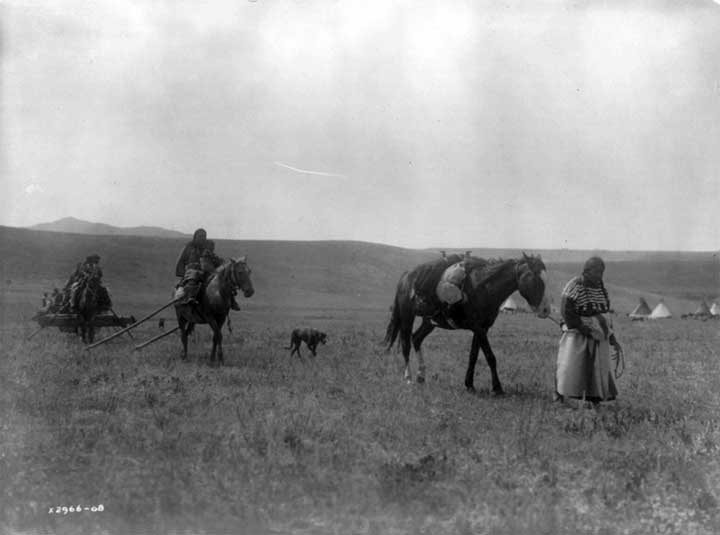Century of Dishonor Published

In 1881 Helen Hunt Jackson published the book "Century of Dishonor" in which she outlined all the inequities perpetrated against the Indians.
Jackson's book was well received and Congress appointed a commission to look into Indian affairs. The result was the Dawes Act that broke up reservation land into individual plots. The indiviual plots were given to Indian families. The effect of the Dawes Act, which was mostly well intentioned, resulted in a further destruction of tribal life.
Helen Fiske was born in 1830, she was the daughter of a professor at Amherst and we well educated. She had a challenging life, orphaned at 14, losing her first husband and two young children. She remarried and began publishing both novels and poetry under a pseudonym. Jackson attended a lecture in Boston in 1879 where she heard Standing Bear from the Ponca tribe. She was shocked to hear how the Native Americans were treated. She decided to research the issue. Thus was born her book A Century of Dishonor. Fiske chronicled how the Native Americans were treated from the time of the Revolution to the time she wrote the book.
The book tells the story of seven of the principal tribes: The Delaware, the Cheyennes, the Ne Perces, the Sioux the Poncas the Winnebagoes and the Cherokees. The book uses US government reports showing how the Native Americans were treated poorly. She showed
how the government did not honor any of its agreements.
The Century of Dishonor details three massacres of Native Americans by the US army the Conestoga Massacre, the Gnadenhutten Massacre as well the killing of Apaches. She outlines the relations that existed between the Native Americans and local white settlers before the attacks.
Fiske calls on the US government to stop cheating the Natives and honor the agreements that were made with them.
Fiske sent a copy of her book to all the members of Congress. Many critics attacked her book, but it was generally well received. It had a significant impact at the time and was considered by many to be the major contributing factor to the passage of Dawes Act which allotted land to Native Americans.
